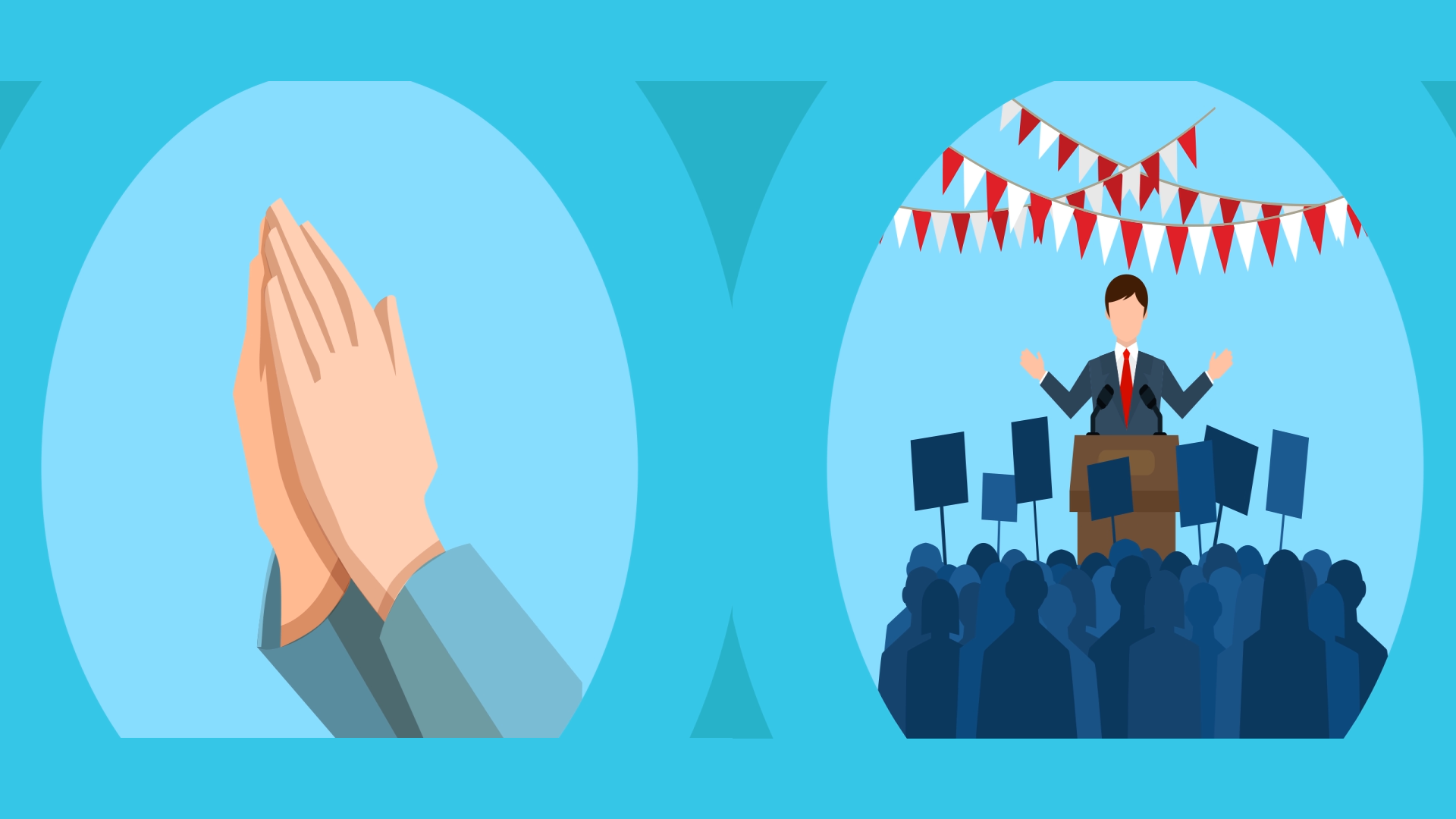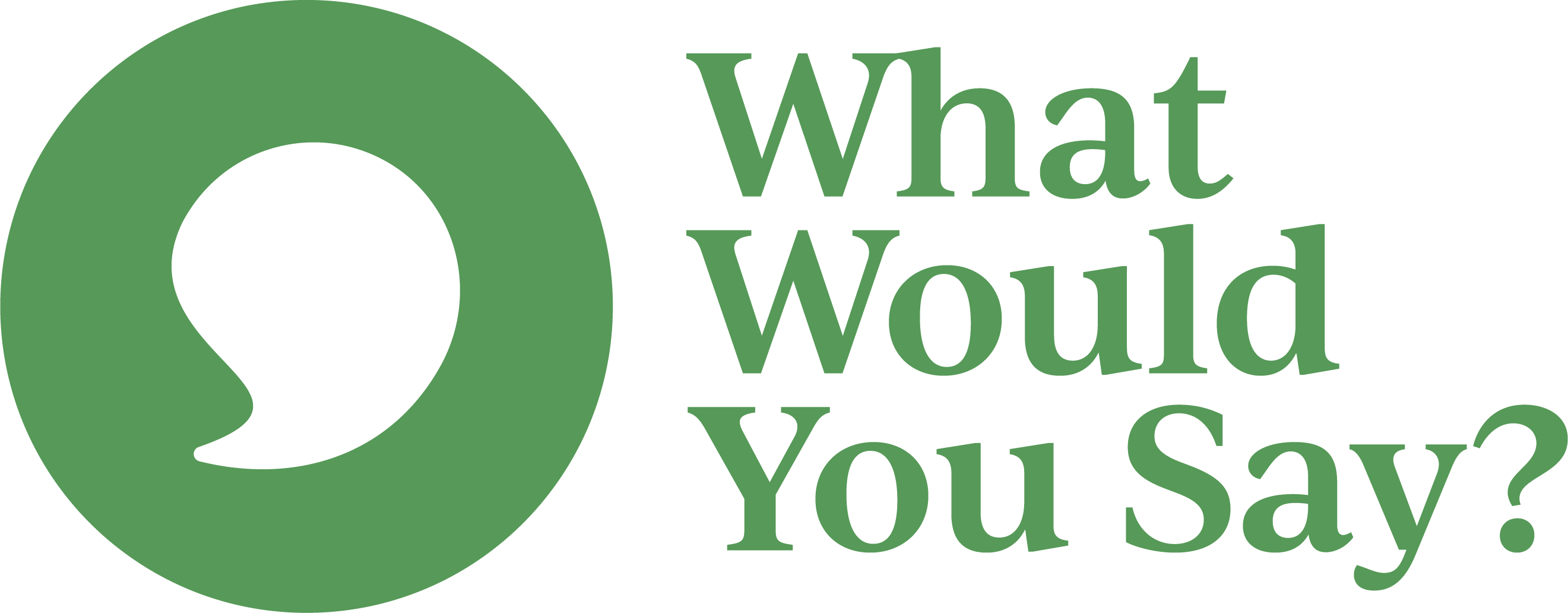You’re in a conversation, and someone says, “Religious symbols don’t belong on public property. That’s a violation of the separation of church and state.”
What Would You Say?
The Constitution prohibits the government from creating a national church or religion. Does this mean that it is unconstitutional to have nativity scenes in parks, Christmas trees in public buildings, or crosses in military cemeteries?
You’re in a conversation, and someone says, “Religious symbols don’t belong on public property. That’s a violation of the separation of church and state.” What Would You Say? The Constitution prohibits the government from creating a national church or religion. Does this mean that it is unconstitutional to have nativity scenes in parks, Christmas trees in public buildings, or crosses in military cemeteries? No. And here are three reasons why. First, America’s religious symbolism wouldn’t exist if they were forbidden by the First Amendment. Engraved into the wall of the United States Supreme Court is an image of Moses holding the 10 commandments. The Supreme Court opens each session with the words “God save this honorable court”. Military cemeteries are filled with crosses acknowledging the final resting place of those who sacrificed their lives for our country. Artwork throughout the U.S. Capitol contains images of prayer, the ten commandments, and the cross. Monuments in Washington DC are engraved with scripture and quotes from US Presidents that are overtly religious in nature. These religious symbols and expressions have been targeted as violations of the First Amendment despite the fact that some date back to the time the First Amendment was written. It seems clear that if the authors of the First Amendment believed, for example, that religious symbolism on public property violated the First Amendment, they would not have decorated so many buildings with religious symbolism. Second, The Constitution protects the freedom of religion, not the freedom from religion. America was founded as a place where people could practice their faith, without fear or punishment, regardless of who they are or where they are. As a result, those who wrote the Constitution began meetings with public prayer and included religious symbols on national monuments. In all of this, America’s founders did not intend to protect people from religious expression in public. While some courts have, over the years, stretched the Establishment Clause to mean that the government cannot endorse a particular religious viewpoint or punish people because of their religion, our history, and common sense, makes it clear that a central purpose of the Bill of Rights is not to prohibit religious expression in public, but to protect it. After all, it’s sometimes hard to know what religious expression is and what isn’t. Which leads to our third point. The meaning of symbols is personal and changes over time Originally, the cross was simply an instrument of execution, like the electric chair. It came to mean something different to Christians, eventually representing love and sacrifice. Since then, it’s used in memorials so frequently, its Christian significance is lost for many. This is true of other symbols as well. According to the Bible, the rainbow was given to man as a promise that God would never again destroy the earth with the flood. Today, many people associate the rainbow with something very different. Should rainbow flags be prohibited from being flown on public property or painted on city streets because of their religious heritage? Symbols, like art, don’t always mean the same thing to everyone. While the Constitution doesn’t guarantee that we will never see a symbol or message we don’t like, it does guarantee the right to the free exercise of religion. So the next time someone tells you public property should be cleansed of religious symbols, remember. America’s religious symbolism wouldn’t exist if they were forbidden by the First Amendment. The Constitution protects the freedom of religion, not the freedom from religion. The meaning of symbols is personal and changes over time.



